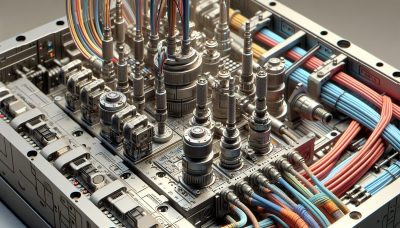
Move-based blockchains are surging in total value locked (TVL) this year, with Sui leaping 233% and Aptos also showing significant growth of 210%, according to data aggregator DefiLlama. Rushi Manche, co-founder of Movement Labs, believes that compatibility with the Ethereum Virtual Machine (EVM) could bolster this growth even more.
“I think the biggest issue for new systems is how do you onboard developers and new users and a lot of these next-gen and new VM languages realize that if you don’t have compatibility for EVM, you really limit the amount of growth that you have the first two or three years,” said Manche to Crypto Briefing.
Ethereum’s mainnet alone dominates over 67% of all decentralized finance TVL, and that’s the reason why new blockchains based on new virtual machines have to create compatibility. Movement’s M2 is the first layer-2 blockchain based on Move that has compatibility with EVM applications and can help bridge the gap between these two ecosystems. They are still in devnet phase, with testnet and mainnet phases set to launch later this year.
Move is the language created by Meta to deploy their crypto project called Diem. However, due to regulatory pressure, Diem was shelved and two different groups consisting of former Meta employees created Aptos and Sui.
“Broader than that, Movement itself has a network of blockchains where anyone who’s looking to launch their own customized high throughput rollup on Ethereum can leverage the Move Virtual Machine to launch their own framework with OP stack, Polygon CDK or Arbitrum Orbit.”
To explain how Movement is combining EVM and Move, Manche uses the traditional technology sector, where new tech has backward compatibility with what has been used so far. As an example, he compared the Sony PlayStation consoles, as new models have compatibility with games launched for older generation versions.
“So the way we approach it is: EVM compatibility is a way for us to onboard legacy software. If you want to write Uniswap, write Aave, or bring code from Arbitrum, the best way to do that is using the EVM interpreter.”
Nevertheless, Manche still believes that long-term usage and long-term performance for smart contracts rely on Move and Rust programming languages.
